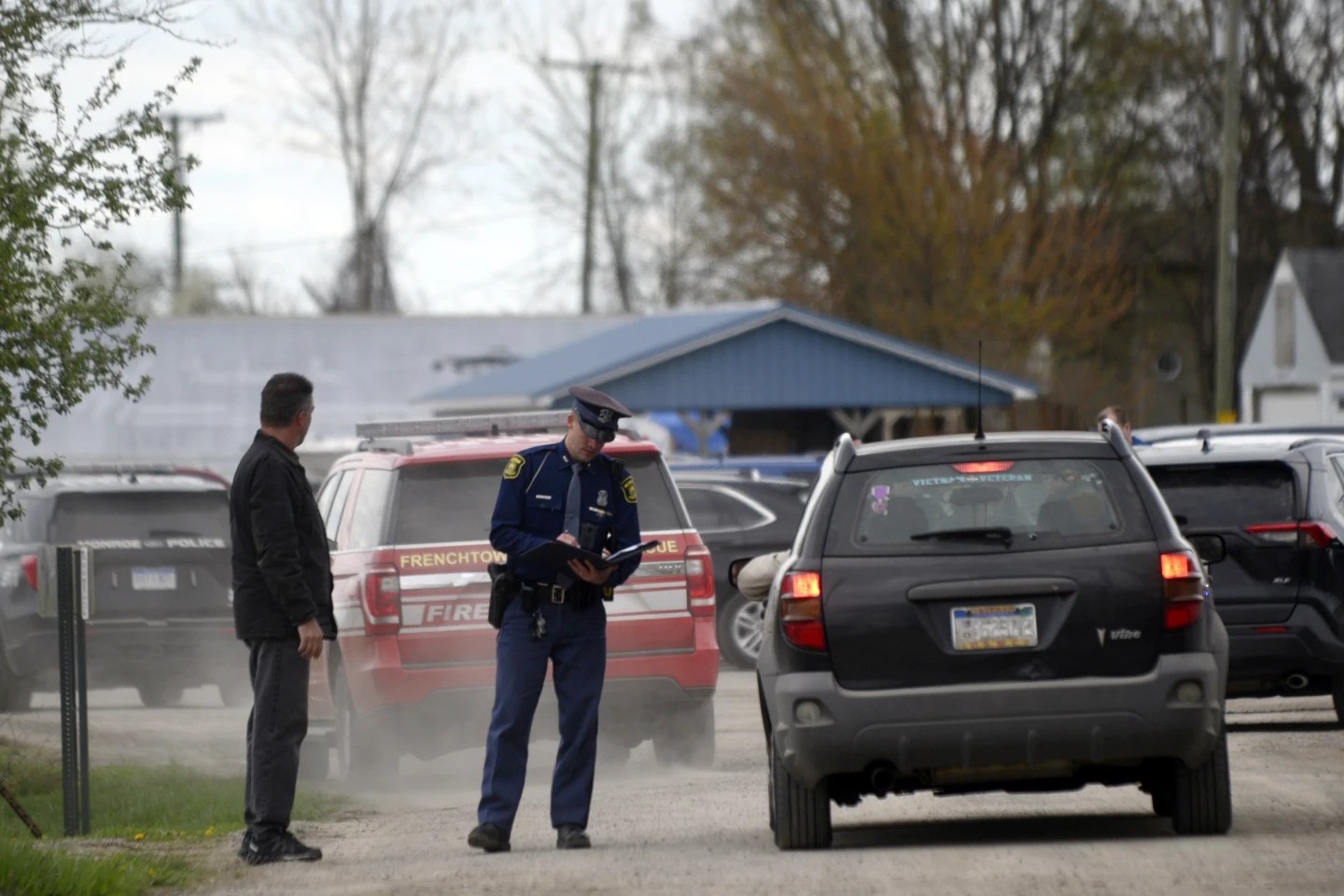


A northern Michigan cancer treatment facility celebrates a milestone. Roughly 2,500 donors contributed more than $18.5 million to the Cowell Family Cancer Center, which opened in Traverse City in the spring of 2016. It included a $5 million “lead gift” from Traverse City businessman Casey Cowell.
Dr. David Gordon says planning started for the center in 2005-2006, but was delayed by the “crash” in 2008. A few years later, funding efforts picked up steam. The CFCC opened in April of 2016. “It seems like it was just yesterday we were raising money and today we have this fabulous building and a great program.”
Jim and Donna Long of Traverse City have both been cancer patients for years. Jim Long says, “I’ve been there from day one. From the day it opened. Quite the facility.” Jim and Donna are on the list of the thousands of patients who receive treatment at the Cowell Family Cancer Center. Jim’s initial diagnosis predates the new facility by a couple of years. He says, “2014 is when I was diagnosed with prostate cancer. Started at the Biederman Center.”
Years later, it was Donna’s turn. “I was diagnosed with lung cancer. Had my treatments at the Cowell Center. In 2016 I was originally diagnosed. In 2017 I had a brain tumor. They went in and zapped that sucker out of my brain. It was wonderful!”
The facility offers infusions, chemo, radiation, cancer rehab and physical therapy. They’ve treated thousands -and streamlined the process for patients. Dr. Gordon says, “Historically for outpatients, a lot of the things we needed for patients, dietary, genetics, all that stuff, social work. Things that are important but are not the therapy, were not available. Now they are.”
“I think it’s made a huge difference for our patients. Because not only do they great medical care, but they get all the things they may need… and have the things to help them do that,” Dr. Gordon says. “As an example, if you have lung cancer, historically it would require that you have to see three or four different providers who did three or four different things. You know you have a problem but it make take 6-8 weeks to get it figured out and to see what you’re going to do.”
He adds, “Instead of the patient coming to five different doctors in five different locations we bring the patient to one location. All the doctors are there on the same day. So the information is collected, the patients are seen by the doctors, a tumor board is held, and a recommendation is made. And the same day that patient gets a recommendation.”
That was Jim Long’s experience. He says the facility is a huge improvement to what he was dealing with in the early stages of his cancer treatment. “Night and day. Because now they had all the facilities and all the people… all in one location. You had all the testing, the doctors, you had the social workers. “
“One stop shopping so to speak. Which, for a patient, to me, is very helpful knowing I don’t have to make multiple stops to accomplish what needs to be done,” Jim says. “I have nothing but good things to say about the care I’ve received, and the technology that’s out there. It’s been a good experience for me. Something that I wish I hadn’t gone through but since I did I’m very pleased with how it was handled.”
Donna says she accompanied Jim to his treatments and support groups before becoming a patient herself. And getting all of her needs met in one location has been important. “It makes a huge difference. It’s right there. They have a lab there so you don’t have to go anywhere else to get lab work done. They schedule all the testing you need to have done. Eight-hundred-forty-eight being so close. State of the art.”
Munson says at the Cowell Family Cancer Center, they’ve had more than 9,000 cancer survivors in the past five years, with a survival rate of 81%. Dr. Gordon says, “I think all of these things we do for patients make a difference in how well people do and how long they live.”
“There is data that if people come to a happy place, it makes the journey better and they live longer. There is actual scientific data that if you take care of those things, make it a better experience, people do live longer,” he adds.
Dr. Gordon hopes that in the next five years and beyond, the Cowell Center will be able to expand its research efforts. “If you live in northern Michigan and you have to go five hours somewhere to get the newest thing, that’s a problem. We’d like to be able to do more of that here. We can put more effort on the research, and as things come we’ll be applying it.”
For Jim Long, he would tell others that “you need to make sure you feel comfortable that the care you’re getting is the best that’s available.” And he says, “I’m very satisfied.” He’s also confident in the care Donna is receiving. “I have comfort in that she is being well cared for.”
Jim Long says one of the most important benefits is not a medical one. It’s the support group he’s been a part of, where he’s also been able to be support for others. “With the support group, it’s a group we don’t want anybody to join. But once you’re there we’re happy to have you and will help you in any way that we can.”



© 2023 - 910 Media Group


